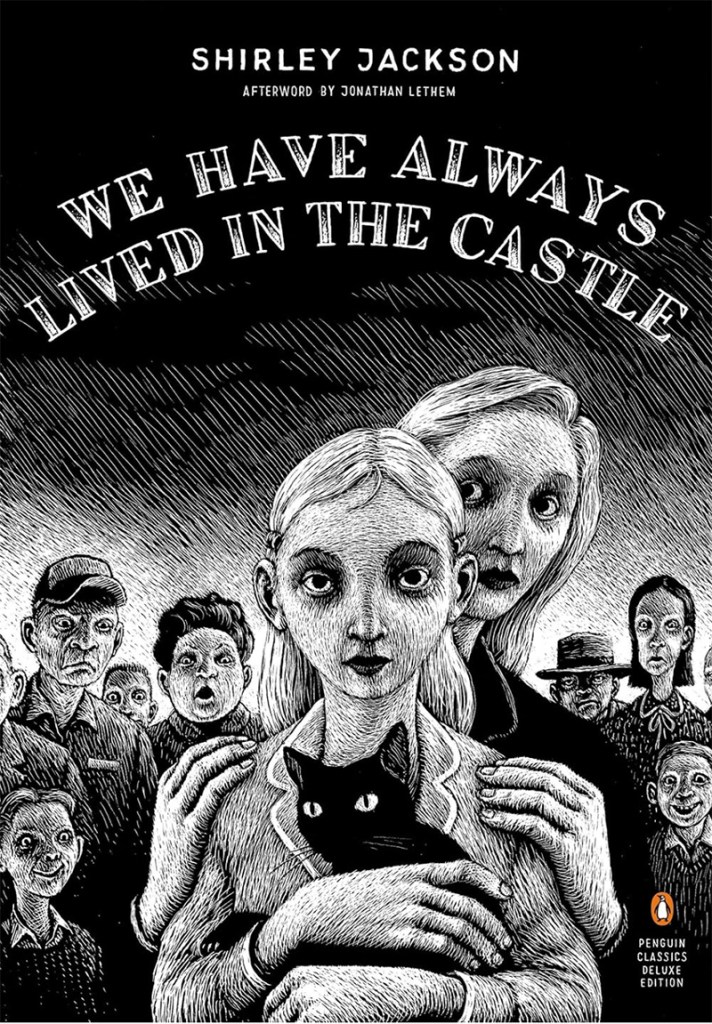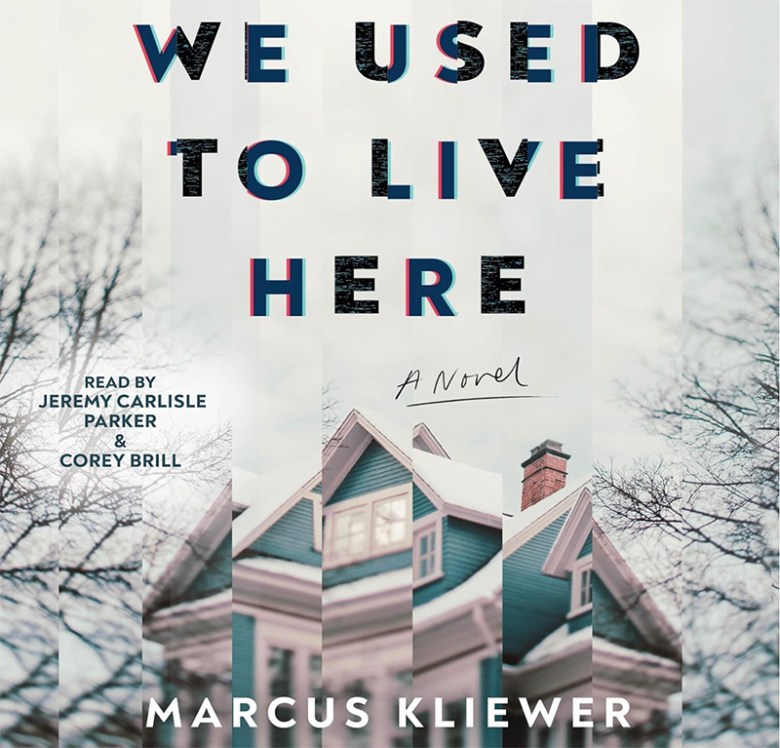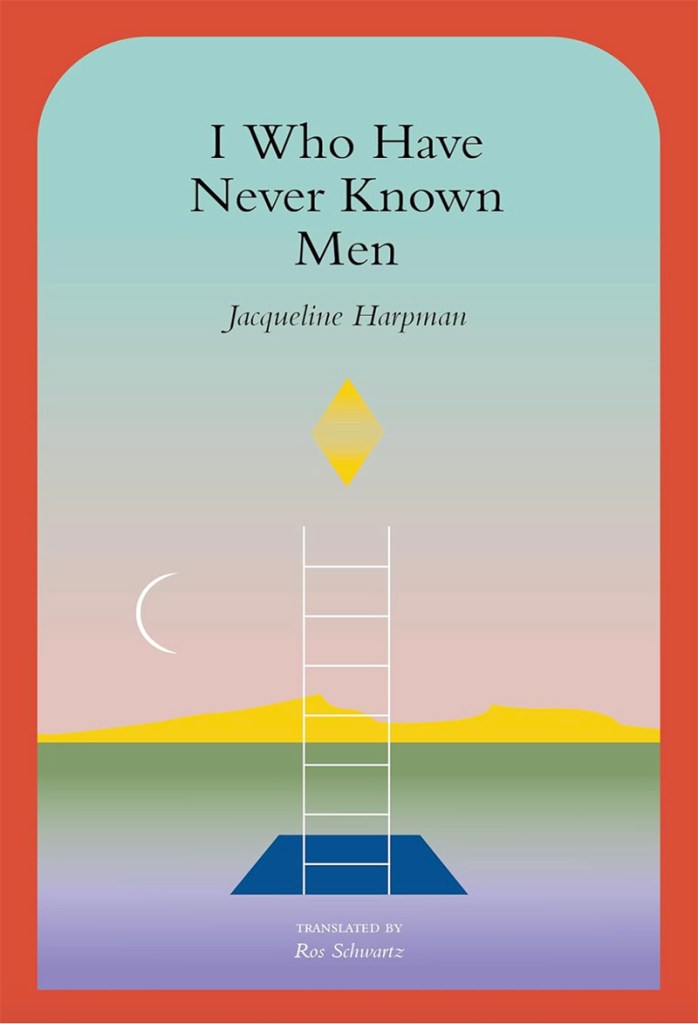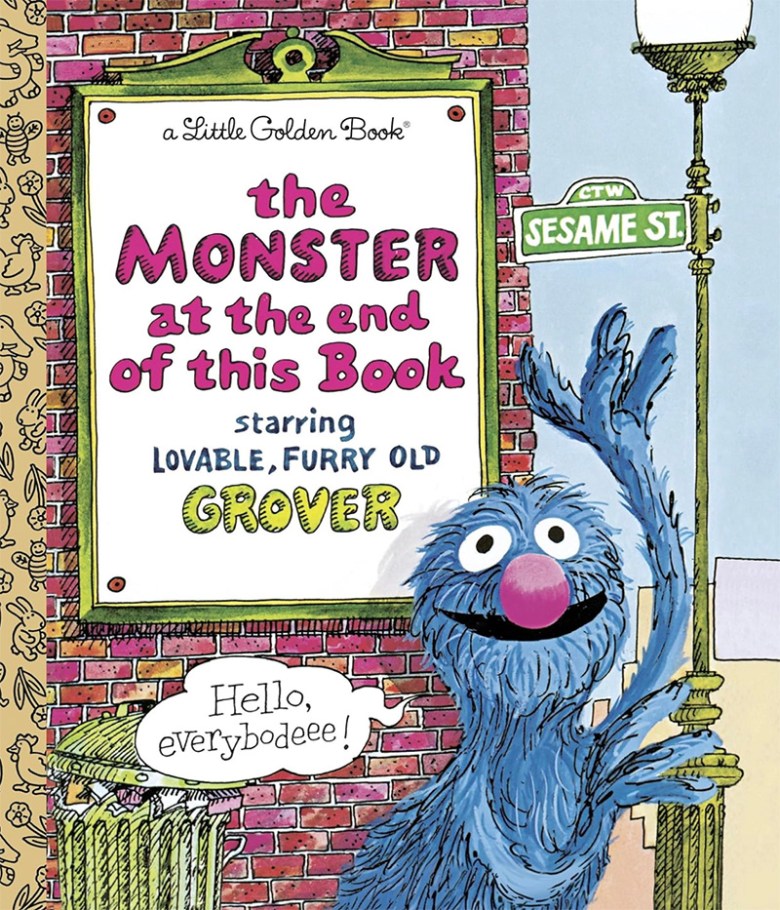The leaves on the trees at Cuyahoga Valley National Park are changing, Szalay’s Sweet Corn Farm and Market has opened its corn maze, and many Akron homes have pulled out their plastic skeletons. All of this can only mean one thing: Akron is ready for fall.
Since Halloween is right around the corner, that means it’s time to break out the horror and thriller books.
Horror, to me, goes beyond what goes bump in the night. It’s also the exploration of terrifying possibilities that could happen in our own lives, even if the chances of them occurring are slim. All it takes is acknowledging those possibilities for anxiety to slowly take over.
This month’s Words on the Street is here not only to bring the haunted house trope to life and reveal who the monster is at the end of the book but also to remind you that horror can look like things that aren’t out of reach.
The question remains: Akron is ready to get spooky, but is your reading list?
 “We Have Always Lived in the Castle” by Shirley Jackson
“We Have Always Lived in the Castle” by Shirley Jackson
“We Have Always Lived in the Castle” by Shirley Jackson
“My name is Mary Katherine Blackwood. I am eighteen years old, and I live with my sister Constance. … Everyone else in my family is dead.” So begins the story of Merricat, our narrator, and the rest of the wealthy Blackwood family. Merricat is a character with an unforgettable voice; she is childlike and whimsical while also describing the world around her in a way that feels unsettling and claustrophobic. The routine the family follows is meticulous, with not a single day varying much from the one before. Merricat is the only tie the family has to the outside world, and this world does not take kindly to her and her family.
Though this book is brief, it packs a heavy punch that will stay with you for months after you’ve finished it — much like “The Lottery,” Jackson’s well-known short story. In “We Have Always Lived in the Castle,” it’s not what’s said that makes this book so unnerving, but what is implied. This book seamlessly explores the impact of small-town gossip and the real effects of rumors through the lens of an isolated character who may also have evil tendencies.
“The Honeys” by Ryan La Sala
 “The Honeys” by Ryan La Sala
“The Honeys” by Ryan La Sala
Picture the cult rituals, exploitation of grief and false idyllic setting of the popular 2019 horror movie “Midsommar” — but with generational wealth and subtle commentary on gender roles. With that, you’re halfway to understanding this slow-burn young adult horror novel.
Right away, we see our main character, the gender-fluid Mars (who uses he/she/they pronouns), survive a murder attempt by his twin sister. But, Caroline, his sister, is not so lucky — she dies in the opening pages. In order to figure out what caused Caroline to change so drastically that she attempted to kill him, Mars goes back to the Aspen Conservancy, the summer camp he long ago stopped attending in upstate New York. There, he finds the group of girls, known as the Honeys, whom Caroline had been spending time with before her sudden violent streak. Quickly, Mars realizes that understanding this group may be the key to understanding his sister’s death. But the cost of understanding could be that he slowly loses his mind.
“We Used to Live Here” by Marcus Kliewer
 “We Used to Live Here” by Marcus Kliewer
“We Used to Live Here” by Marcus Kliewer
Many who grew up reading the “Goosebumps” and “Scary Stories to Tell in the Dark” series crave the same chilling fear that makes the hairs on their arms stand straight up. This book may fill that gap. Eve and Charlie, a young queer couple who flip houses, cannot believe the deal they scored on a massive, dilapidated old house located on a secluded Oregon street. All is well until one night, when a family turns up at the front door. The father claims that he used to live there and just wants to see what’s changed. All they need is 15 minutes. But once they’re let in, the 15 minutes keeps extending. And extending. And things take a turn for the worse.
What’s so unsettling about this book is how Kliewer plays with the paranoia we already experience. Things like knowing you couldn’t have put your phone down in the unexpected place where you later found it because there’s no way it got there on its own. Right?
“I Who Have Never Known Men” by Jacqueline Harpman (translated by Ros Schwartz)
 “I Who Have Never Known Men” by Jacqueline Harpman (translated by Ros Schwartz)
“I Who Have Never Known Men” by Jacqueline Harpman (translated by Ros Schwartz)
Sometimes the scariest things are scenarios that seem so far-fetched, there’s no reason to entertain them until real-life events force us to. That’s the case with “I Who Have Never Known Men,” a science fiction novel that was first published in 1995 and was reprinted in 2022. It feels apt today, as we grapple with high rates of violence toward women, the wage gap between men and women (especially women of color) and increasing restrictions on reproductive healthcare. The story highlights the lives of 40 women who live underground in a cage and whose lives are monitored by male guards who are not permitted to speak to them. These women cannot touch one another, and they cannot die by their own hands. They have memories of their lives before the cage, but they are faint, and the memories become more distant as time goes on.
This book left me feeling unsettled. Escape becomes a possibility for these trapped women, but the world outside is nothing like they remember it. The sense of dread and monotony Harpman establishes never goes away; it is only magnified as the women realize that, no matter where they go, they are defenseless.
“The Monster at the End of This Book” by Jon Stone
 “The Monster at the End of This Book” by Jon Stone
“The Monster at the End of This Book” by Jon Stone
This book, starring the lovable muppet Grover, asks you to come along to discover the monster at the end of the book who Grover is so afraid of. As the story goes on, Grover’s pleas to avoid the monster become greater, and his attempts to get the reader to stop flipping forward become more desperate. He tries to nail the pages together, then tie them down. He even ties them to a brick wall. Ultimately, his attempts don’t work, and the monster at the end of the book is revealed to be none other than (spoiler alert!) Grover himself.
Not only is this book nostalgic for adult readers with fond memories of having this book read to them who are now old enough to read this to their kids, it’s also hilarious to see Grover’s revelation at the end: He was the monster he was scared of the whole time!
